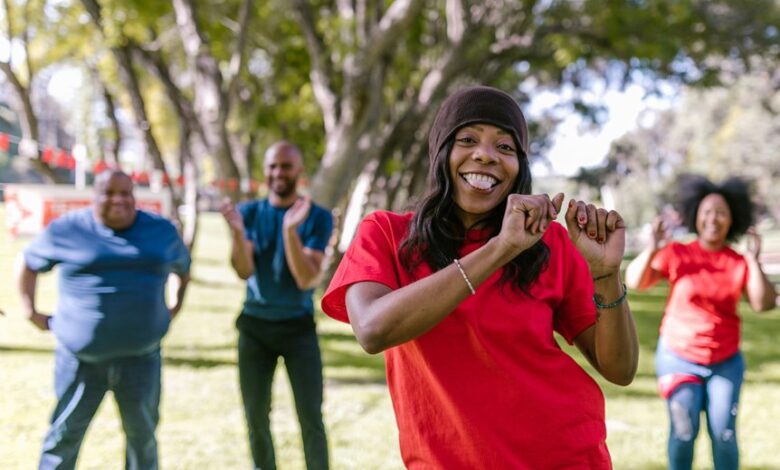
Building high-performing teams requires a nuanced understanding of team dynamics and the characteristics that define success. Effective collaboration hinges on trust and clear communication, yet many organizations struggle to implement these principles. Strategic leadership plays a crucial role in fostering a positive culture, but what specific strategies can be employed to overcome common obstacles? Exploring these elements reveals the pathway to enhanced performance and long-term success.
Understanding Team Dynamics
How do the intricate interactions among team members shape overall performance? Understanding team dynamics involves recognizing distinct team roles and fostering effective conflict resolution strategies.
Collaborative communication encourages openness, allowing diverse perspectives to enhance decision-making. By strategically addressing conflicts, teams can harness individual strengths, thereby improving cohesion and productivity.
Ultimately, a clear comprehension of these dynamics empowers teams to thrive in their quest for autonomy and success.
Key Characteristics of High-Performing Teams
High-performing teams are distinguished by their commitment to clear communication standards, which facilitate effective collaboration and minimize misunderstandings.
Additionally, the presence of trust and accountability among team members fosters a supportive environment that enhances performance and drives collective success.
Understanding these key characteristics is essential for organizations aiming to cultivate teams that consistently excel.
Clear Communication Standards
Effective communication standards are essential for fostering high-performing teams, as they establish a framework for collaboration and clarity.
These standards facilitate the use of communication tools and encourage effective feedback, ensuring that all team members are aligned and informed.
- Promotes open dialogue
- Defines expectations for communication
- Enhances understanding among team members
Trust and Accountability
Trust and accountability are cornerstones of successful team dynamics, fostering an environment where members feel secure in sharing ideas and taking risks.
Implementing trust building exercises enhances interpersonal relationships, while well-defined accountability frameworks ensure individual responsibilities are clear.
Together, these elements create a collaborative atmosphere that empowers team members, promoting innovation and resilience, ultimately driving the team towards high performance and collective freedom.
Strategies for Effective Collaboration
Although many organizations recognize the importance of collaboration, they often struggle to implement strategies that truly enhance teamwork.
Effective collaboration requires clear role clarity and shared goals, utilizing collaborative tools and feedback mechanisms to foster diverse perspectives.
Strategies may include:
- Team building activities to strengthen relationships
- Decision-making frameworks for efficient problem-solving
- Conflict resolution techniques to navigate differences in remote collaboration.
The Role of Trust in Team Success
At the heart of high-performing teams lies a fundamental element: trust.
Establishing vulnerability-based trust fosters open communication and encourages team members to share ideas freely. Trust building exercises serve as vital tools, allowing individuals to connect on deeper levels.
Leadership’s Impact on Team Performance
Effective leadership significantly influences team performance, as leaders set the tone for collaboration and drive team dynamics.
Various leadership styles impact decision-making processes, shaping how teams navigate challenges and seize opportunities.
- Encouragement of open communication
- Alignment of team goals with individual aspirations
- Flexibility in adapting leadership approaches
These factors collectively enhance team effectiveness, fostering an environment where creativity and productivity thrive.
Cultivating a Positive Team Culture
A positive team culture is essential for enhancing overall performance and cohesion within a group.
By encouraging open communication, celebrating team achievements, and fostering trust and respect, organizations can create an environment that motivates individuals and strengthens collaboration.
Such an approach not only boosts morale but also aligns team members towards common goals, ultimately driving success.
Encouraging Open Communication
While fostering a culture of open communication is essential for high-performing teams, it requires deliberate strategies and a commitment from all members.
Effective communication can be enhanced through:
- Active listening to foster understanding
- Establishing feedback loops to encourage continual improvement
- Creating safe spaces for sharing ideas
These elements collectively contribute to a transparent environment, empowering individuals and strengthening team dynamics.
Celebrating Team Achievements
Celebrating team achievements serves as a crucial mechanism for cultivating a positive team culture, as it reinforces shared values and motivates members toward common goals.
Team recognition fosters an environment where individuals feel valued, enhancing collaboration and commitment.
Achievement celebrations not only acknowledge success but also inspire future efforts, creating a dynamic atmosphere that promotes collective freedom and innovative thinking.
Fostering Trust and Respect
Trust and respect form the cornerstone of a high-performing team, acting as the bedrock upon which collaboration and innovation thrive.
Cultivating these elements fosters an environment conducive to team bonding and mutual respect.
- Encourage open communication
- Promote shared goals and values
- Recognize individual contributions
These strategies enhance team dynamics, empowering members to engage freely and contribute meaningfully to collective success.
Conclusion
In conclusion, high-performing teams function like well-oiled machines, where each cog—representing individual roles and contributions—works in harmony to drive success. By fostering trust, clear communication, and shared goals, these teams navigate challenges with agility and resilience. Leadership plays a pivotal role in shaping this environment, while a positive culture nurtures innovation and collaboration. Ultimately, investing in these strategies creates a dynamic ecosystem, empowering teams to achieve not just their objectives, but also their collective potential.
